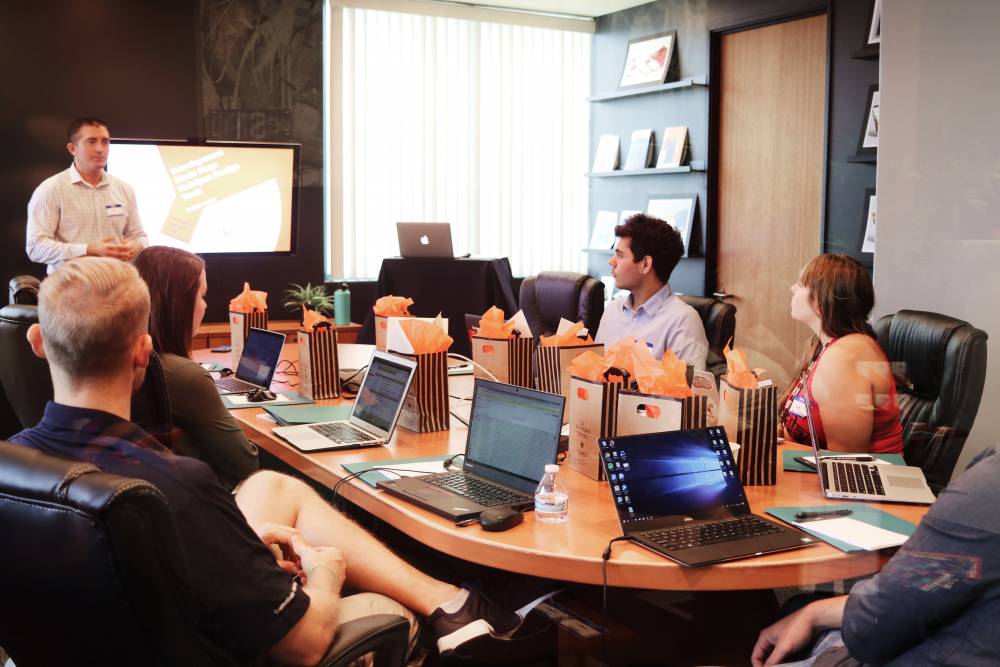The right resume can lead to an interview. If things go well, your days of endless job hunting might just end there. Resumes have evolved so much over time, so as 2022 has rolled around, your resume might be better off without a few sections:
The Objective Statement
For most people, it takes hours to put together a proper resume. Yet, employers might only spend seconds looking through it.
Objective statements were a life-saver when resumes were mailed in. Without them, employers would have stacks of papers lying on their desks without any clue as to which position a candidate applied to.
Now, you can apply for any job online and the entire recruiting process has moved online. So objective statements no longer play a role. Instead, by using the Career Summary section, you can shift the focus towards your expertise as opposed to your motivations to apply.
Address
Back when paper communication was the norm, employers would need an address to write back to a potential candidate. As difficult as it is believe, some employers (even back in 2005) were sending confirmation of application received through snail mail!
Since most communication between employer and job seeker occur through email or an online platform these days, therefore, adding an address has become more of a tradition than a necessity. A growing number of companies have started to adopt a fully remote or hybrid working model as opposed to the traditional office-based workforce, so mentioning the city and province is the way to go (for example Toronto, ON). I would emphasize on having your phone no., email and LinkedIn URL (get a custom one, not the default one with numbers at the end) as part of your contact info.
On a more alarming note, using your full address leaves you vulnerable to identity theft. Addresses are key pieces of information regularly sought after by cybercriminals.
References
Having someone validate claims on your resume can solidify your position. Most (if not all) companies will run a background check before finalizing an offer. A key part of that, involves speaking to your former supervisor or getting them to fill out a form. Nowadays, we do not add “References: available upon request” at the bottom of the resume nor do we provide the actual references on the resume.
Since we all know that employers will ask for a list of references if you are selected, therefore, adding “References: available upon request” is redundant. Also, listing your references and their contacts on the resume may lead to something I like to call “reference fatigue”. Let me explain, mostly Supervisors and team managers act as references; as they have to juggle multiple responsibilities throughout the day, therefore, getting called up too often, to provide references can lead them to get worn out by the sheer number of references they have to provide.
In my experience, having the actual references on your resume is useful in smaller and niche industries. For example, as a resume writer I have had to interact with equipment operators, roofers and welders over the years and what I have learned is that they often end up working together at different construction sites. Listing a strong reference can go a long way when you are applying for a new role. Having a Foreman or a Superintendent listed on the resume could be more valuable than detailed listing of job responsibilities. Just make sure your references will actually vouch for your work ethic and technical abilities.







